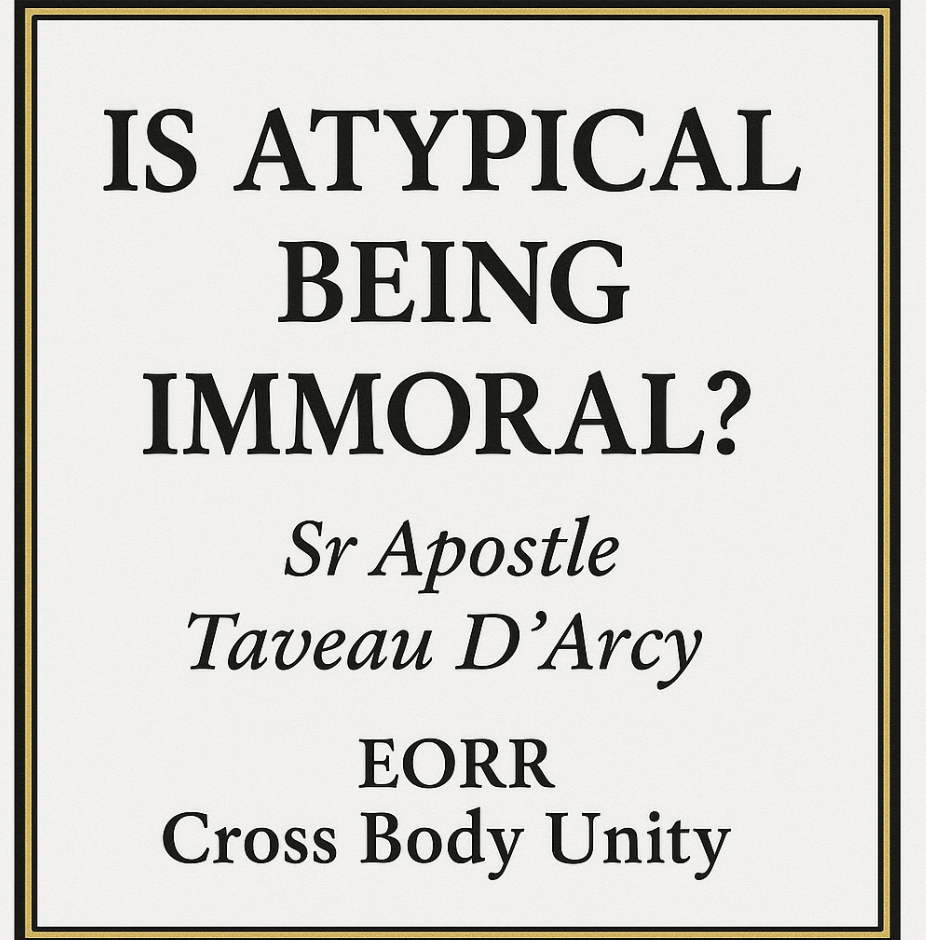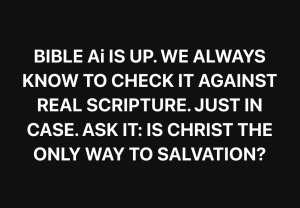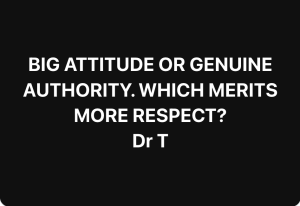
WE MAY BE KISSING THE WHEAT AND TARES

We May Be Kissing The Wheat And Tares
(Scriptural Study with Modern Application)
Main Parable – Matthew 13:24–30
KJV
“Another parable put he forth unto them, saying, The kingdom of heaven is likened to a man which sowed good seed in his field: But while men slept, his enemy came ares among the wheat, and went his way. … Let both grow together until the harvest: and in the time of harvest I will say to the reapers, Gather ye together first the tares, and bind them in bundles to burn them: but gather the wheat into my barn.”
ESV
“He put another parable before them, saying, The kingdom of heaven may be compared to a man who sowed good seed in his field, but while his men were sleeping, his enemy came and sowed weeds among the wheat and went away. … Let both grow together until the harvest, and at harvest time I will tell the reapers, Gather the weeds first and bind them in bundles to be burned, but gather the wheat into my barn.”
Greek Word Notes
Wheat (σῖτος / sitos): grain, fruitful crop, represents true believers.
Tares (ζιζάνια / zizania): darnel weed, looks like wheat but is poisonous. Symbol of false believers / deceivers.
Enemy (ἐχθρός / echthros): hostile one, Satan.
Harvest (θερισμός / therismos): reaping time, symbol of final judgment.

Jesus’ Explanation – Matthew 13:36–43
KJV
“He that soweth the good seed is the Son of man; The field is the world; the good seed are the children of the kingdom; but the tares are the children of the wicked one; The enemy that sowed them is the devil; the harvest is the end of the world; and the reapers are the angels.”
ESV
“The one who sows the good seed is the Son of Man. The field is the world, and the good seed is the sons of the kingdom. The weeds are the sons of the evil one, and the enemy who sowed them is the devil. The harvest is the end of the age, and the reapers are angels.”
Greek Notes
Children of the kingdom (υἱοὶ τῆς βασιλείας / huioi tēs basileias): true disciples.
Children of the wicked one (υἱοὶ τοῦ πονηροῦ / huioi tou ponērou): outwardly similar, but inwardly false.

Modern-Day Application – “Bible Cluelessness”
1. Lookalikes in the Church
Just like tares look identical to wheat until maturity, many today look Christian (church attendance, phrases, even ministry roles) but lack saving faith and fruit of the Spirit.
Outward “Christian culture” ≠ inward transformation (2 Timothy 3:5 – “having a form of godliness, but denying the power thereof”).
2. Cluelessness about Scripture
Many can quote motivational sayings but cannot discern truth from falsehood.
Hosea 4:6 (KJV): “My people are destroyed for lack of knowledge.”
ESV: “…because you have rejected knowledge, I reject you…”
Hebrew: דָּחָה (dachah) = reject, push aside.
3. Enemy’s Strategy
While “men slept” (Matt. 13:25), the enemy sowed tares.
Today: passivity, distraction, worldliness → opens the door to deception and spiritual counterfeits.
4. End-Time Reality
Ministry Important Key: Jesus said both grow together until harvest (no instant separation).
In today’s churches, real and false disciples grow side by side until Christ judges (Matthew 7:21–23: “I never knew you”).
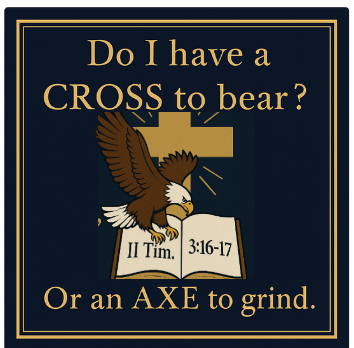
Summary: Wheat vs. Tares Today
Wheat (True Believers) Tares (Clueless/False)
Rooted in Word & Spirit (John 15:5) Rootless—appearance only
Bears good fruit (Galatians 5:22–23) Produces confusion, division
Spirit of Truth guides (John 16:13) Influenced by enemy’s lies
Humble, peaceable, merciful (James 3:17) Fearful, anxious, critical, hypocritical
Harvested into God’s barn (Matthew 13:30) Burned at judgment (Matthew 13:42)
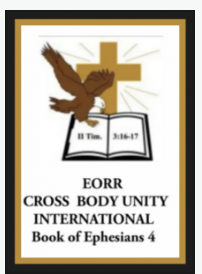
Lesson: Modern “Bible cluelessness” is often tare-like faith—Christian in name, not in truth.
We discern not by outward appearance but by Scripture, fruit, and the Spirit of Truth.
(C)2025 Taveau Creative Leadership All copyrights reserved in conjunction with AI

